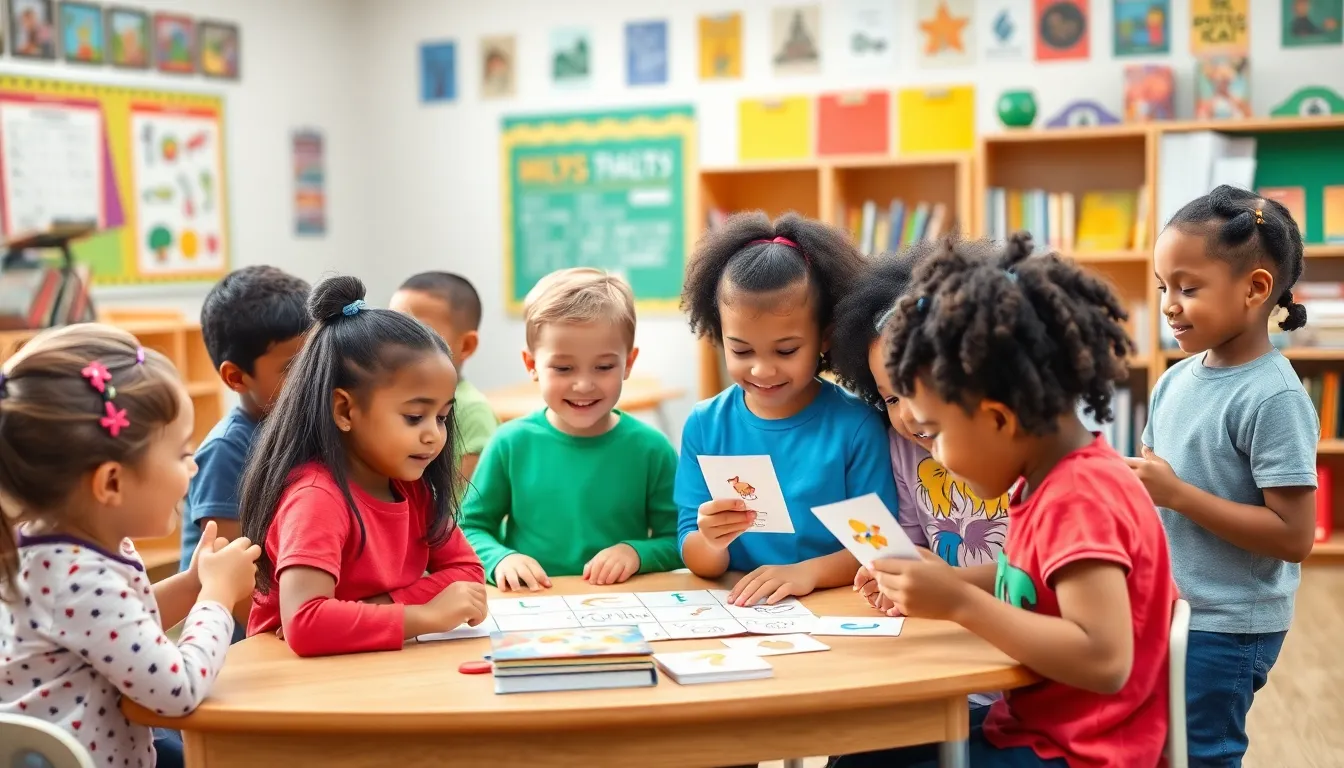In a world where emojis often replace words and autocorrect can lead to some hilarious misunderstandings, literacy development remains a superhero in disguise. It’s the secret sauce that transforms scribbles into stories and jumbles of letters into masterpieces. Without these essential skills, navigating the written word would feel like trying to find Wi-Fi in a remote cabin—frustrating and nearly impossible.
Imagine a life where reading a menu feels like deciphering ancient hieroglyphs or writing a simple email turns into an epic quest. Literacy development equips individuals with the tools they need to conquer these challenges. By focusing on the foundational skills that make reading and writing possible, we’re not just teaching kids to read; we’re unlocking a world full of adventures, ideas, and maybe even a few dad jokes along the way.
Table of Contents
ToggleUnderstanding Literacy Development
Literacy development encompasses the processes involved in acquiring reading and writing skills essential for effective communication. It involves a combination of cognitive, linguistic, and social skills that facilitate interaction with written language.
Definition of Literacy Development
Literacy development refers to the progression through which individuals learn to read and write. It starts with foundational skills such as phonemic awareness, vocabulary, and comprehension. Children progress from recognizing letters to constructing sentences and interpreting texts. Effective literacy development integrates these components, allowing individuals to understand and express themselves in written form.
Importance of Literacy Skills
Literacy skills serve as building blocks for academic success and lifelong learning. They enhance critical thinking and foster the ability to analyze information. Proficiency in reading and writing empowers individuals to participate fully in society. Employment opportunities and economic advancement often depend on strong literacy skills. Thus, prioritizing literacy fosters not only personal growth but also societal progress.
Key Components of Literacy Development

Literacy development encompasses several key components crucial for effective reading and writing skills. These components contribute to individual success in communication and comprehension.
Phonemic Awareness
Phonemic awareness forms the foundation of literacy development. It involves recognizing and manipulating individual sounds in spoken words. By identifying phonemes, children learn to decode words during reading. Activities like rhyming games and sound segmentation enhance this skill. Mastery of phonemic awareness leads to improved reading abilities and supports writing proficiency. Research shows that children with strong phonemic awareness typically demonstrate better reading skills in later grades.
Vocabulary Acquisition
Vocabulary acquisition plays a vital role in literacy development. A robust vocabulary enables individuals to understand and express ideas. Engaging with diverse texts introduces new words, facilitating long-term retention. Direct instruction in vocabulary through context helps enhance comprehension. Children benefit from exposure to varied reading materials, including fiction and nonfiction. Regular conversations and discussions around new words significantly improve vocabulary development. Studies indicate that a wide vocabulary correlates with academic achievement and effective communication.
Reading Comprehension
Reading comprehension is essential for literacy success. It requires not only decoding the text but also understanding and interpreting meaning. Strategies such as asking questions and summarizing content help develop this skill. Exposure to various genres enhances comprehension and critical thinking. Encouraging discussions about texts fosters deeper understanding, while graphic organizers can assist in visualizing concepts. Research highlights that strong reading comprehension skills contribute to overall academic performance and lifelong learning.
Strategies for Enhancing Literacy Skills
Literacy skills enhancement occurs through various strategic methods that support effective reading and writing development. Early interventions, family engagement, and classroom approaches play significant roles in this process.
Early Childhood Interventions
Investing in early childhood interventions positions children for literacy success. Programs that focus on phonemic awareness and vocabulary development effectively lay a strong foundation. Play-based learning and storytelling activities engage young learners, promoting exploration of language and concepts. Research indicates that children exposed to rich language experiences develop better linguistic skills. Furthermore, consistent participation in reading programs strengthens decoding abilities and comprehension.
Family Engagement in Literacy
Family involvement serves as a critical component of literacy development. Parents who read regularly to their children enhance vocabulary and comprehension skills. Encouraging conversations about daily activities also fosters language use. Providing diverse reading materials at home further exposes children to varied texts, improving their literacy experiences. Moreover, creating a literacy-rich environment supports positive attitudes toward reading and writing, making learning enjoyable.
Classroom Approaches
Effective classroom approaches significantly improve literacy skills. Educators who incorporate diverse instructional strategies cater to different learning styles. Interactive read-alouds and collaborative writing activities promote engagement and comprehension. Using technology as a tool for learning can also enrich literacy experiences. Regular assessments help identify areas for improvement, enabling tailored instruction that meets students’ needs. Implementing these approaches creates a supportive atmosphere for literacy progress.
The Role of Technology in Literacy Development
Technology plays a significant role in literacy development, transforming how individuals acquire reading and writing skills. Digital tools enhance traditional learning methods, making literacy more accessible and engaging.
Digital Literacy
Digital literacy encompasses the ability to navigate, evaluate, and create information using digital platforms. Understanding online texts requires critical thinking skills and discernment, essential in today’s information-heavy environment. Exposure to diverse multimedia resources allows learners to engage with content creatively. Accessing digital libraries and e-books promotes reading habits while fostering comprehension. Individuals gain not only fluency in written communication but also adaptability essential for various digital formats.
Educational Tools and Resources
Educational tools and resources empower learners by providing interactive experiences. Apps designed for phonics instruction help reinforce foundational skills through engaging activities. Websites offering guided reading and writing exercises cater to different learning styles and paces. Interactive platforms enable real-time feedback, encouraging students to improve their abilities. Gamification elements can motivate learners and transform literacy practice into enjoyable experiences. Teachers can curate digital content to support lessons, ensuring alignment with educational standards.
Literacy development plays a pivotal role in shaping individuals’ abilities to communicate effectively. By focusing on the essential skills of reading and writing, it empowers learners to express themselves and navigate the complexities of modern communication. The integration of technology further enhances this journey, making literacy more engaging and accessible.
As children acquire these foundational skills, they unlock opportunities for academic success and personal growth. By fostering a love for reading and writing, society not only cultivates critical thinkers but also prepares individuals to thrive in an increasingly digital world. Emphasizing literacy is crucial for building a more informed and capable community.



